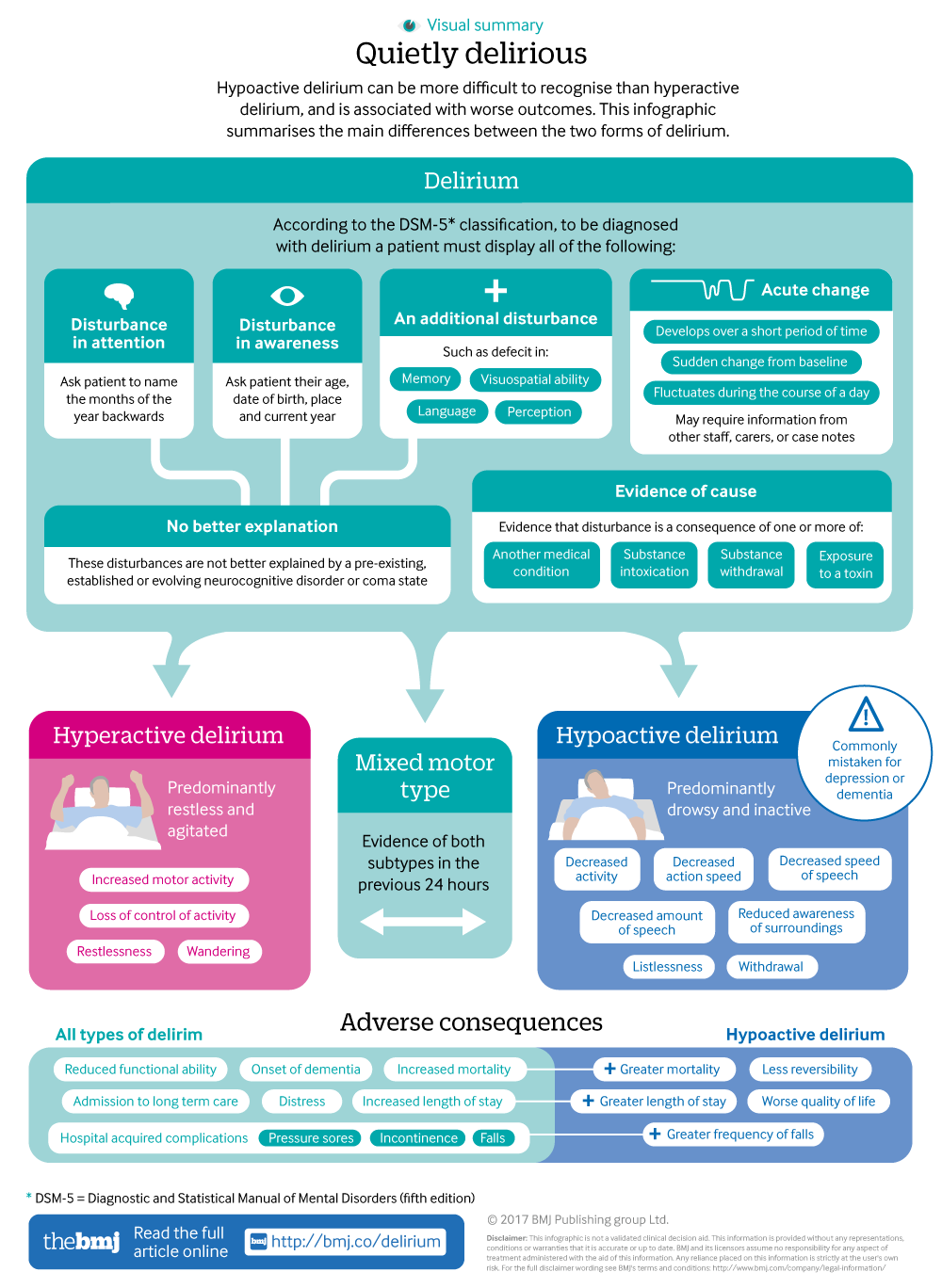Finding Free Mental Health Support Groups
Finding Free Mental Health Support Groups
Blog Article
How Do State Of Mind Stabilizers Job?
Mood stabilizers help to relax locations of the brain that are affected by bipolar disorder. These drugs are most reliable when they are taken consistently.
It may take a while to discover the appropriate medication that works finest for you and your medical professional will certainly check your condition throughout treatment. This will include normal blood examinations and perhaps a change in your prescription.
Neurotransmitter guideline
Natural chemicals are a team of chemicals that manage each other in healthy individuals. When levels end up being out of balance, this can cause state of mind disorders like anxiety, stress and anxiety and mania. State of mind stabilizers aid to prevent these episodes by helping regulate the balance of these chemicals in the mind. They additionally may be used alongside antidepressants to improve their efficiency.
Medicines that function as state of mind stabilizers consist of lithium, anticonvulsants and antipsychotics. Lithium is probably one of the most popular of these medications and works by affecting the flow of sodium with nerve and muscular tissue cells. It is frequently made use of to deal with bipolar affective disorder, but it can also be useful in treating various other state of mind conditions. Anticonvulsants such as valproate, lamotrigine and carbamazepine are additionally reliable state of mind supporting medicines.
It can spend some time to find the right kind of medicine and dosage for every individual. It is very important to deal with your physician and participate in an open dialogue regarding just how the drug is benefiting you. This can be especially valuable if you're experiencing any type of adverse effects.
Ion network modulation
Ion networks are a significant target of state of mind stabilizers and many other medications. It is currently well established that they are dynamic entities that can be modulated by a variety of external stimulations. On top of that, the inflection of these networks can have a variety of temporal impacts. At one extreme, modifications in gating dynamics may be rapid and rapid, as in the nicotinic acetylcholine receptor/channel system. At the various other end of the range, covalent modification by healthy protein phosphorylation might lead to modifications in channel function that last longer.
The field of ion network inflection is going into a period of maturation. Recent researches have demonstrated that transcranial focused ultrasound (United States) can promote neurons by activating mechanosensitive potassium and salt channels installed within the cell membrane. This was shown by expressed networks from the two-pore domain name potassium family in Xenopus oocytes, and concentrated US considerably modulated the current moving through these channels at a holding voltage of -70 mV (right panel, loved one impact). The results are consistent with previous observations showing that antidepressants impacting Kv networks control glia-neuron interactions to opposite depressive-like actions.
Neuroprotection
Mood stabilizers, like lithium, valproic acid (VPA), and carbamazepine, are important in the therapy of bipolar illness, which is defined by reoccurring episodes of mania and anxiety. These drugs have neuroprotective and anti-apoptotic residential or commercial properties that aid to avoid cellular damages, and they likewise enhance mobile durability and plasticity in inefficient synapses and neural circuitry.
These safety actions of state of mind stabilizers may be mediated by their restraint of GSK-3, inositol signaling, and HDAC activity. Furthermore, lasting lithium treatment shields versus glutamate excitotoxicity in cultured neurons-- a design for neurodegenerative disorders.
Researches of the mental health hotlines molecular and mobile effects of state of mind stabilizers have revealed that these medicines have a vast array of intracellular targets, including numerous kinases and receptors, in addition to epigenetic alterations. Further study is required to figure out if mood stabilizers have neurotrophic/neuroprotective activities that are cell type or wiring specific, and just how these effects might complement the rapid-acting healing reaction of these representatives. This will help to create new, much faster acting, much more reliable treatments for psychological illnesses.
Intracellular signaling
Cell signaling is the procedure by which cells interact with their environment and various other cells. It involves a series of action in which ligands engage with membrane-associated receptors and lead to activation of intracellular pathways that manage important downstream mobile functions.
State of mind stabilizers act on intracellular signaling with the activation of serine-threonine protein kinases, leading to the phosphorylation of substrate healthy proteins. This activates signaling waterfalls, leading to modifications in genetics expression and cellular feature.
Many state of mind stabilizers (consisting of lithium, valproate and lamotrigine) target intracellular signaling pathways by hindering specific phosphatases or triggering specific kinases. These impacts create a decrease in the task of these pathways, which results in a decrease in the synthesis of certain chemicals that can impact the mind and lead to signs of clinical depression or mania.
Some mood stabilizers likewise function by enhancing the task of the inhibitory neurotransmitter gamma-aminobutryic acid (GABA). This enhances the GABAergic transmission in the mind and lowers neural activity, consequently producing a soothing result.